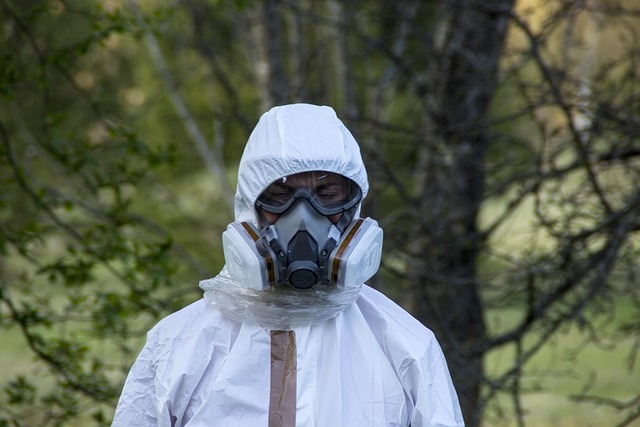Peoria, Illinois, grapples with asbestos remnants from its industrial past, posing health risks to residents. Local advocacy and awareness efforts have led to improved safety measures and regulations. Comprehensive urban renewal focusing on safe asbestos removal, training, and advanced technology can revitalize the city, protect public health, and attract environmentally conscious businesses, making Peoria a leader in asbestos safety.
Peoria, like many industrial cities, bears the legacy of asbestos exposure. “Understanding Peoria’s Asbestos History and Risks” delves into the past, highlighting the dangers lurking in the community. “Local Advocacy Efforts: A Community United” showcases the power of collective action, detailing how residents have joined forces for safety. “Safeguarding Peoria: Long-Term Solutions and Impact” explores sustainable measures to protect against asbestos-related illnesses, emphasizing the lasting effects of advocacy. Together, these sections paint a comprehensive picture of Peoria’s journey towards asbestos safety.
- Understanding Peoria's Asbestos History and Risks
- Local Advocacy Efforts: A Community United
- Safeguarding Peoria: Long-Term Solutions and Impact
Understanding Peoria's Asbestos History and Risks

Peoria, like many industrial cities throughout history, has a complex relationship with asbestos. Once celebrated for its strength and versatility, this dangerous mineral was widely used in construction, insulation, and manufacturing across the city. From old factories to residential buildings, Peoria’s built environment is steeped in asbestos remnants, creating a silent but significant health risk for its residents.
The dangers of asbestos exposure have been well-documented over time. Inhaling or swallowing asbestos fibers can lead to severe respiratory conditions like mesothelioma and asbestosis. Given the city’s past reliance on asbestos-containing materials, Peoria residents face an elevated risk of developing these diseases, especially those living near former industrial sites or in older homes with poor insulation. Understanding this history is crucial for taking proactive steps towards safety and awareness.
Local Advocacy Efforts: A Community United

In the heart of Illinois lies Peoria, a community that has been at the forefront of advocating for asbestos safety due to its historical ties to this hazardous material. Local residents, united in their efforts, have tirelessly worked to raise awareness about the dangers of Peoria asbestos exposure. Their advocacy has not gone unnoticed; it has sparked significant discussions and actions aimed at protecting public health.
Through community gatherings, educational initiatives, and collaborative projects with local authorities, these advocates have successfully brought attention to the hidden risks associated with asbestos-contaminated sites within Peoria. Their united front has led to improved safety measures, stricter regulations, and increased accessibility to resources for those affected by asbestos-related illnesses. This collective action serves as a powerful example of what can be achieved when a community joins forces for a common cause—a cause that ensures the well-being and safety of its people.
Safeguarding Peoria: Long-Term Solutions and Impact

Peoria, like many industrial cities throughout history, bears the scars of asbestos exposure. The long-term effects of this toxic substance are well-documented, making it imperative to focus on Peoria asbestos safety. Beyond immediate public health concerns, addressing asbestos in Peoria offers a chance to implement lasting solutions that will benefit generations to come.
One promising approach is comprehensive urban renewal, prioritizing the safe removal of asbestos from outdated buildings and infrastructure. This involves training local workers in safe handling practices and utilizing cutting-edge technology for remediation. By investing in these measures, Peoria can create a safer, healthier environment while fostering economic growth through the creation of new jobs and the attraction of businesses that prioritize sustainability. The impact extends beyond individual health; it’s about transforming the city into a model for resilience and safety in the face of historical industrial challenges.
Peoria’s history with asbestos exposure has highlighted the need for robust safety measures. Through understanding the past and current risks, local advocates have united to push for change. Their efforts have led to significant progress in safeguarding the community from Peoria asbestos-related dangers, emphasizing the power of collective action. With ongoing support and long-term solutions, the city can ensure a safer future, ensuring that the lessons learned from its asbestos history are never forgotten.
